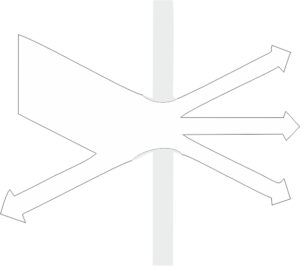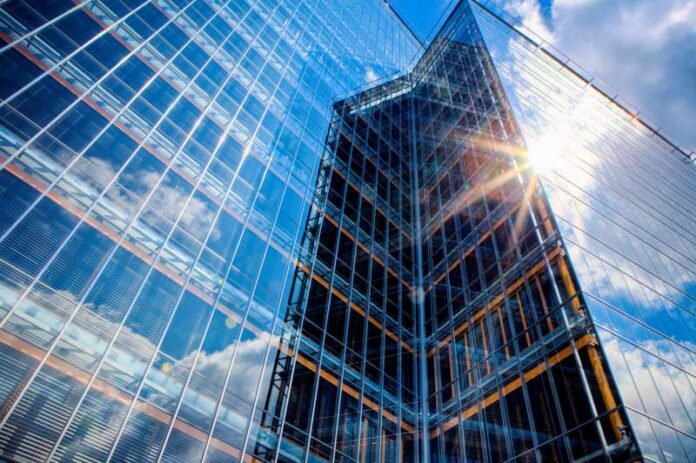Solar glass or solar control glass is a specially coated glass that is designed to reduce the amount of heat entering the building. This glass reflects and absorbs the sun’s rays and helps control the glare. Solar glass only allows a small amount of heat to pass when compared to normal glass. It has many applications in the construction industry. Roof, windows, flat roof lights, skylights, facades- solar glass can be used in several ways in a building.
Modern solar glass is perfect for architectural projects where aesthetic matters and can be integrated in projects as diverse as solar carports or facades. They even come equipped with leading monocrystalline technology and can be seamlessly integrated.

Types of Solar Glass
Solar glass incorporates transparent semiconductor-based photovoltaic – or solar – cells by sandwiching them between two sheets of glass. Buildings with a substantial number of photovoltaic panels could potentially produce some of their own sustainable energy, reducing not only their energy costs, but also their carbon footprint.
In climate zones, where too much glass in a building would create a heat issue, this reduced transparency could also save on air conditioning costs. For projects in which more light is desired, fabricators are rising to the occasion with variations, like slitted glass, that has gaps between the solar cells to allow for greater light penetration. It comes with double or triple glazing, and in a variety of different colors, gradients, and patterns. They are available in two different types;
Thin-film modules – can be used into the fabric of a building and can perform in conditions/locations where crystalline silicon panels cannot.
PV glass- comes with varying levels of opacity. It can be up to 50% transparent – much more than traditional PV. They can be used for instance in balconies, skylights or in facades. Thin film panels work in non-optimal conditions, in lower light and higher temperatures.
Advantages of Solar Glass for Buildings
Energy-Efficient
By selecting solar glass, you can reduce the amount of heat entering the interiors. This can improve energy utilisation and decrease the operating cost of cooling systems, thereby reducing your electricity bills. Since the amount of natural light entering the indoors is not affected due to solar control coating, your property’s interior will not only remain cooler during the summer months, but it will also be brighter and airier. This will lessen your need for artificial lighting and will further reduce energy bills while making your property an energy-efficient zone.

Sustainable
As solar control glass acts as green glass, it can be used to enhance sustainability by creating sustainable structures. Sustainability, energy efficiency, and reduction of carbon footprint lies at the core of solar glass and hence incorporating it in the construction of buildings is an environment-conscious decision.

Multi-faceted Uses
Can be easily paired with other types of glass to achieve multi-functional glazing as per your requirements. Whether you want noise reduction, thermal insulation or you desire to enhance the safety and security quotient.

Protects from Harmful UV RAYS
Reflective glass’s high-performance metal oxide coating protects you from harmful UV rays giving you an extra cover to maintain natural glow and smoothness.

Optimum Light Transmission
The high-performance metal oxide coating on the glass allows higher light transmission providing you natural lighting,saving you money on artificial lighting costs during the day.

Conclusion
Solar glass is being used in new and existing buildings, including office blocks in Canary Wharf. Organic polymer photovoltaics could conceivably replace all windows/glass in new builds, once it is transparent. It will always be ever so slightly tinted but not pixelated like its predecessors. Solar glass derive clean, pure energy from the sun. Installing solar panels on your home helps combat greenhouse gas emissions and reduces our collective dependence on fossil fuel.



